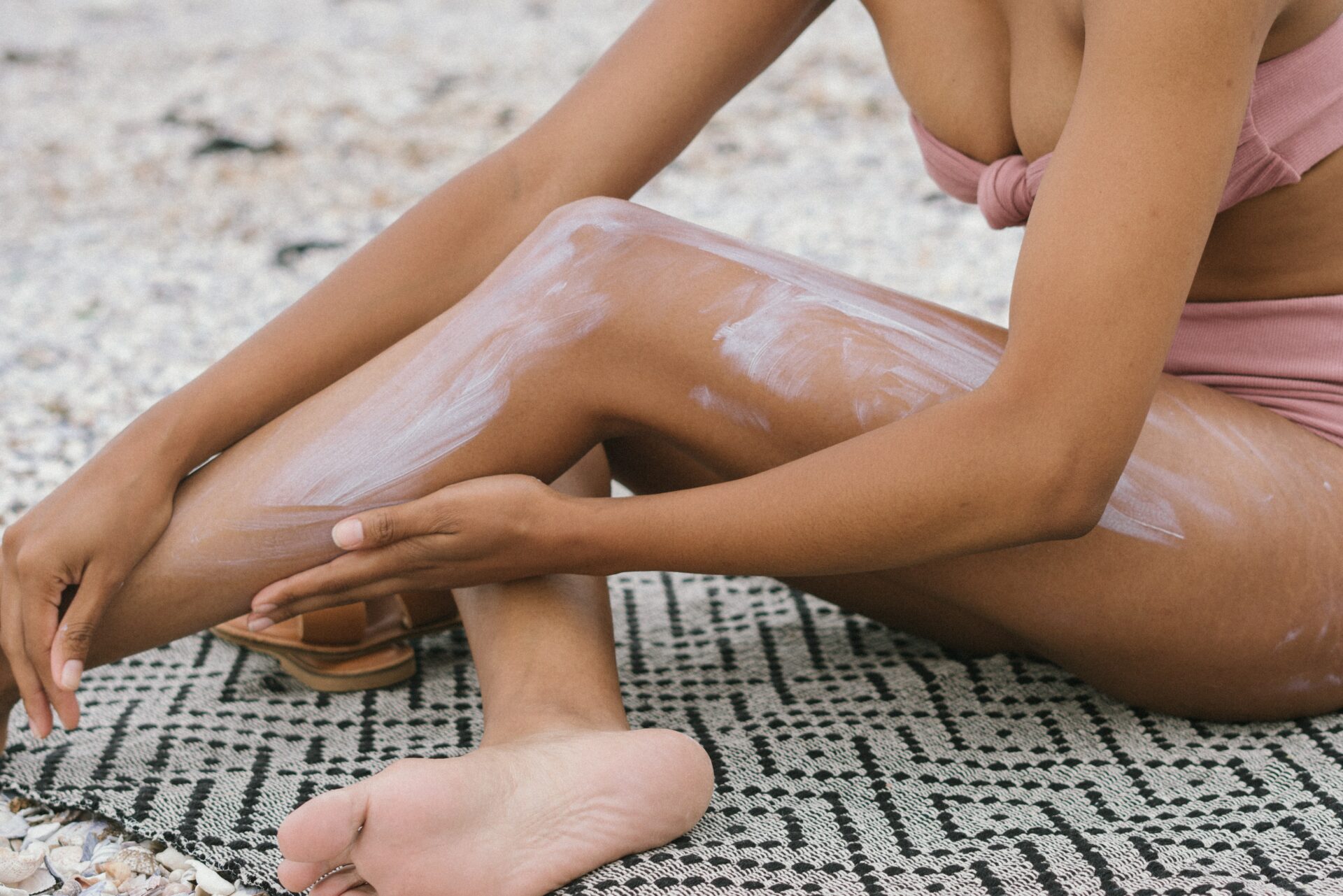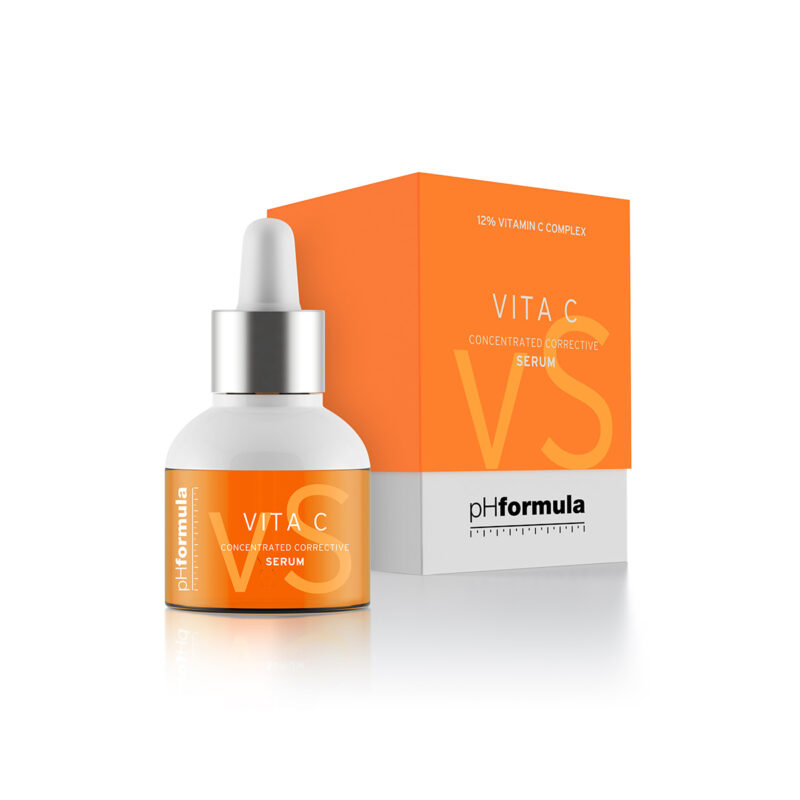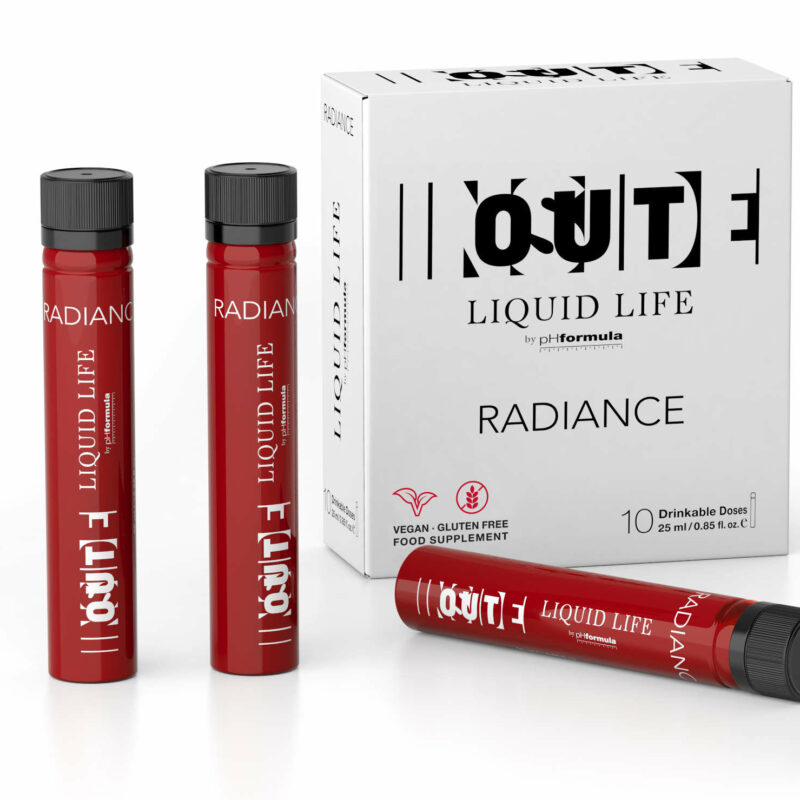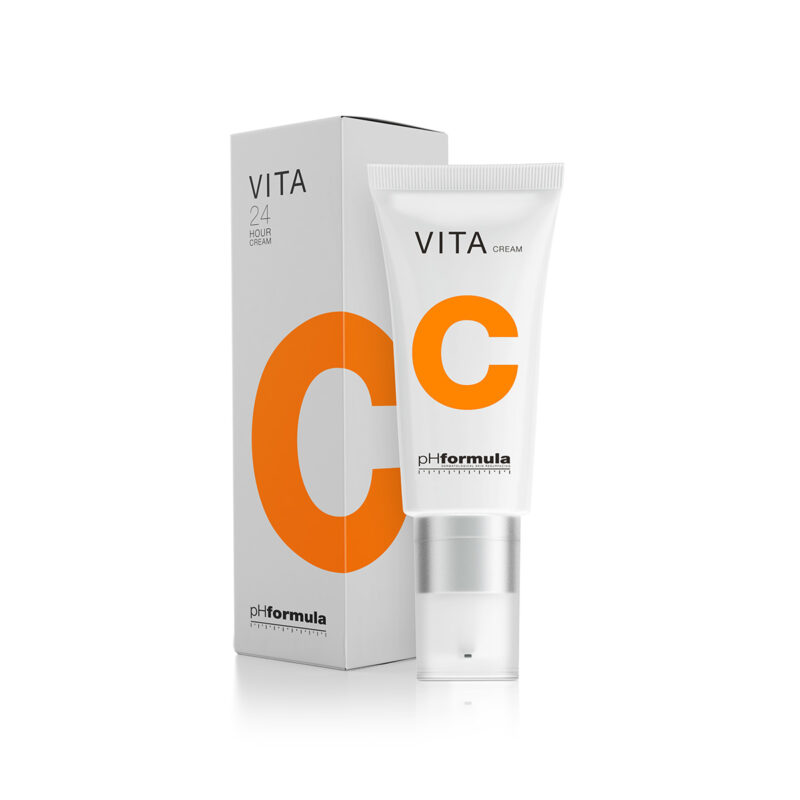Why is SPF so essential to our skin’s health?
Sunscreen protects us from sun damage, reduces our risk of skin cancer, prevents the early onset of photo-ageing and works immediately upon application. This is the most important product of everybody’s routine and will provide the best results over the years.
What is SPF?
SPF otherwise known as Sun Protection Factor, is a measure of how effectively a sunscreen product can protect your skin from the harmful effects of ultraviolet (UV) radiation. It’s essentially a numerical representation of the sunscreen’s ability to shield your skin from UVB rays, which are responsible for causing sunburn and can contribute to skin cancer. The SPF number indicates the extent to which the sunscreen can delay the onset of sunburn compared to not using any sunscreen at all. For example, if you use an SPF 30 sunscreen, it means it will take 30 times longer for your skin to burn than if you had no sunscreen on. However, it’s crucial to note that no sunscreen can provide 100% protection, and the effectiveness of SPF diminishes with factors like sweating, swimming, and the time spent in the sun.
Sunscreen products are regulated by Schedule 34 of the Product Safety and Metrology Statutory Instrument, and the SPF value on the label reflects the UVB protection level. Unfortunately, SPF values can be a source of confusion. Contrary to a common misconception, a higher SPF number does not mean you’re getting exponentially more protection. An SPF 15 sunscreen blocks about 93% of UVB rays, while SPF 30 filters about 97%, and SPF 50 provides around 98% protection. Therefore, the difference in protection between SPF 30 and SPF 50 is relatively small, which is why it’s essential to focus on proper application, reapplication, and other sun safety measures in addition to SPF rating.
UV Radiation includes both UVA and UVB:
The sun emits two main types of harmful ultraviolet rays: UVA (Ultraviolet A) and UVB (Ultraviolet B). UVB rays are responsible for causing sunburn and can damage the DNA in skin cells, potentially leading to skin cancer. UVA rays, on the other hand, penetrate deeper into the skin and contribute to premature aging, including wrinkles, fine lines, and age spots. Moreover, UVA rays can also play a role in skin cancer development. The sun’s intensity varies throughout the day and year, with the most significant exposure typically occurring between 10 a.m. and 4 p.m. and during the summer months.
Protecting your skin from both UVA and UVB rays is vital for comprehensive sun protection. UVB rays are effectively blocked by SPF in sunscreens, while UVA protection often relies on the term “broad-spectrum.” Broad-spectrum sunscreens shield your skin from both types of harmful rays, helping to prevent sunburn, premature aging, and reducing the risk of skin cancer. It’s essential to use broad-spectrum sunscreen products to ensure full-spectrum protection. Additionally, consider extra precautions such as seeking shade, wearing protective clothing, and wearing sunglasses to shield your eyes from UV radiation.
How Does SPF Work?
The effectiveness of SPF in sunscreen lies in its ability to absorb, reflect, or scatter ultraviolet (UV) radiation from the sun. Chemical sunscreens work by absorbing UV radiation and then converting it into heat energy, which is then released from the skin. Common chemical sunscreen ingredients include avobenzone, octisalate, and octocrylene. On the other hand, physical or mineral sunscreens contain active ingredients like zinc oxide and titanium dioxide, which sit on the skin’s surface and create a physical barrier that reflects and scatters UV rays. This physical barrier provides immediate protection upon application and is less likely to cause skin irritation, making it suitable for sensitive skin.
Active Ingredients in Sunscreen:
Sunscreen products come in various formulations containing different active ingredients that provide protection against UV radiation. For example, avobenzone is a common chemical filter that effectively absorbs UVA rays. Zinc oxide and titanium dioxide are physical blockers that offer broad-spectrum protection against both UVA and UVB rays. Many modern sunscreens combine both chemical and physical ingredients to provide comprehensive protection. When choosing a sunscreen, it’s essential to look for products labeled as “broad-spectrum,” as this indicates that they offer protection against both UVA and UVB radiation. Additionally, consider your skin type and any specific sensitivities when selecting a sunscreen, as some individuals may find certain ingredients more suitable for their needs.
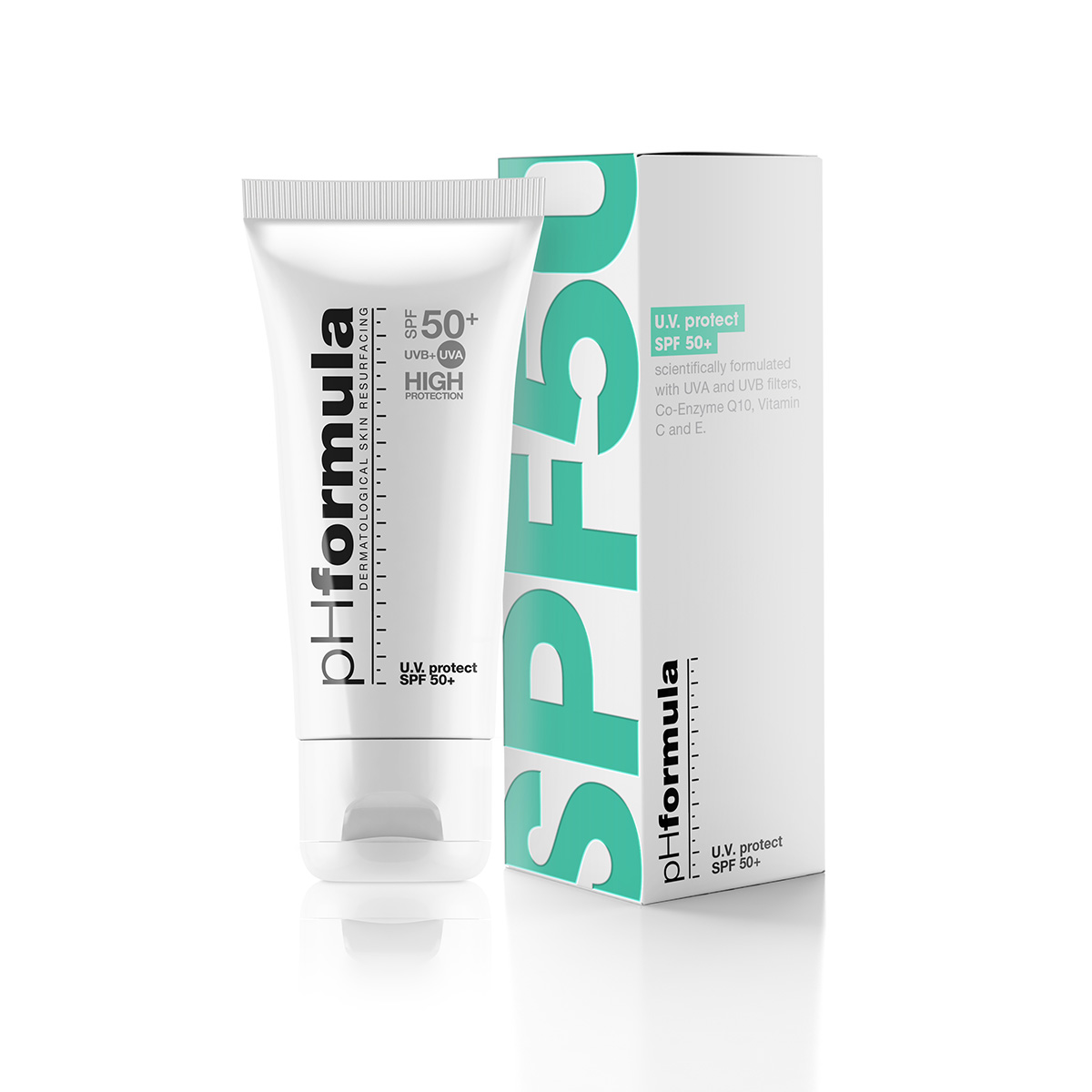
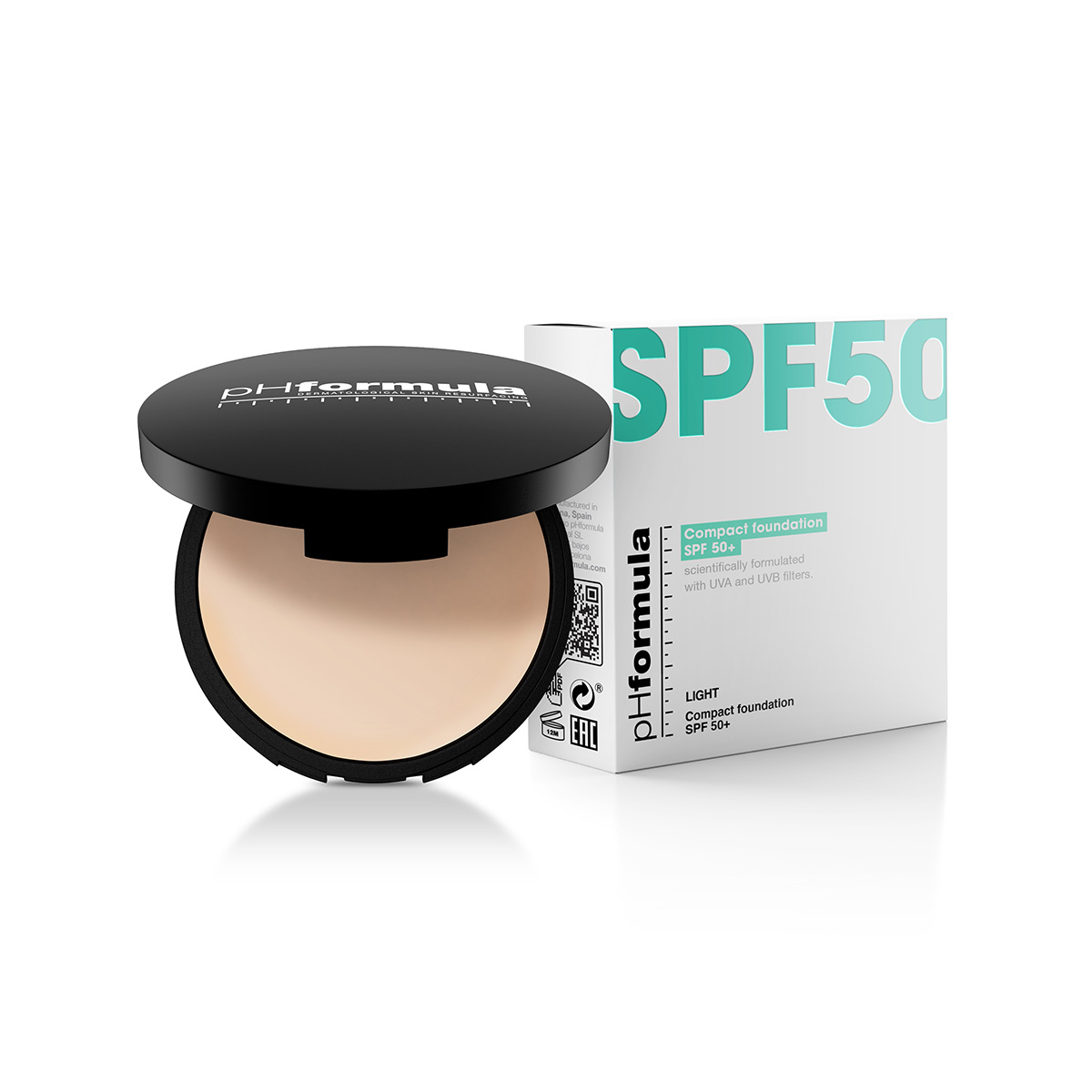
Application and Reapplication:
The effectiveness of sunscreen hinges on proper application and reapplication. To apply sunscreen effectively, use about one ounce (a shot glass full) for your entire body and apply it generously to all exposed skin areas. Make sure to cover often-overlooked spots like the ears, back of the neck, and tops of your feet. Apply sunscreen at least 15 minutes before sun exposure to allow it to absorb into the skin fully. Reapplication is crucial, especially when spending extended periods in the sun, swimming, or sweating. It’s recommended to reapply sunscreen every two hours or more frequently if you’ve been in the water or perspired heavily. Neglecting to reapply can leave your skin vulnerable to UV damage.
Broad Spectrum Protection:
When shopping for sunscreen, it’s essential to choose products labeled as “broad-spectrum.” This designation means the sunscreen provides protection against both UVA and UVB radiation. UVA rays, often associated with premature aging and skin damage, can be equally harmful as UVB rays, which are linked to sunburn and skin cancer. Broad-spectrum sunscreens help safeguard your skin from the full spectrum of harmful ultraviolet radiation. Remember that broad-spectrum protection is a crucial factor in reducing the risk of skin cancer, preventing sunburn, and minimizing the signs of premature aging.
SPF and Different Skin Types:
Different skin types have varying levels of sensitivity to UV radiation, and this influences the choice of SPF. The Fitzpatrick scale, a classification system for human skin color, is often used to determine SPF needs. Individuals with fair skin (Fitzpatrick Type I and II) are more susceptible to sunburn and should opt for higher SPF levels, such as SPF 30 or higher. People with darker skin (Fitzpatrick Type V and VI) have more natural protection against UV radiation due to higher melanin levels but can still suffer from sun damage and should use at least SPF 15 or 30. Those with very fair or sensitive skin may benefit from sunscreens specifically formulated for sensitive skin or physical blockers like zinc oxide or titanium dioxide.
SPF and Cosmetic Products:
Sun protection is increasingly incorporated into cosmetic and skincare products. Many makeup foundations, moisturizers, and lip balms now contain SPF. While these products can contribute to daily sun protection, they often offer lower SPF levels compared to dedicated sunscreens. Additionally, makeup and skincare products with SPF may not provide sufficient coverage when applied sparingly. To ensure adequate protection, especially on days with prolonged sun exposure, it’s advisable to use a standalone sunscreen with a broad-spectrum SPF rating of 30 or higher. However, incorporating SPF-containing cosmetics into your daily skincare routine can offer an extra layer of protection when you’re indoors or exposed to incidental sunlight.
Myths and Misconceptions:
One common myth is that sunscreen is only necessary on sunny days. In reality, UV radiation can penetrate clouds, meaning you can get sunburned on overcast days. Therefore, applying sunscreen should be a year-round practice. Another misconception is that people with darker skin don’t need sunscreen. While it’s true that individuals with more melanin have some natural protection, they are not immune to the harmful effects of UV radiation. All skin types benefit from sun protection. Additionally, the idea that you don’t need to reapply sunscreen if it’s labeled as “water-resistant” is false. Even water-resistant sunscreens should be reapplied after swimming or sweating to maintain their effectiveness. Lastly, relying solely on sunscreen without other sun safety measures, such as seeking shade and wearing protective clothing, can leave you vulnerable to UV damage.

